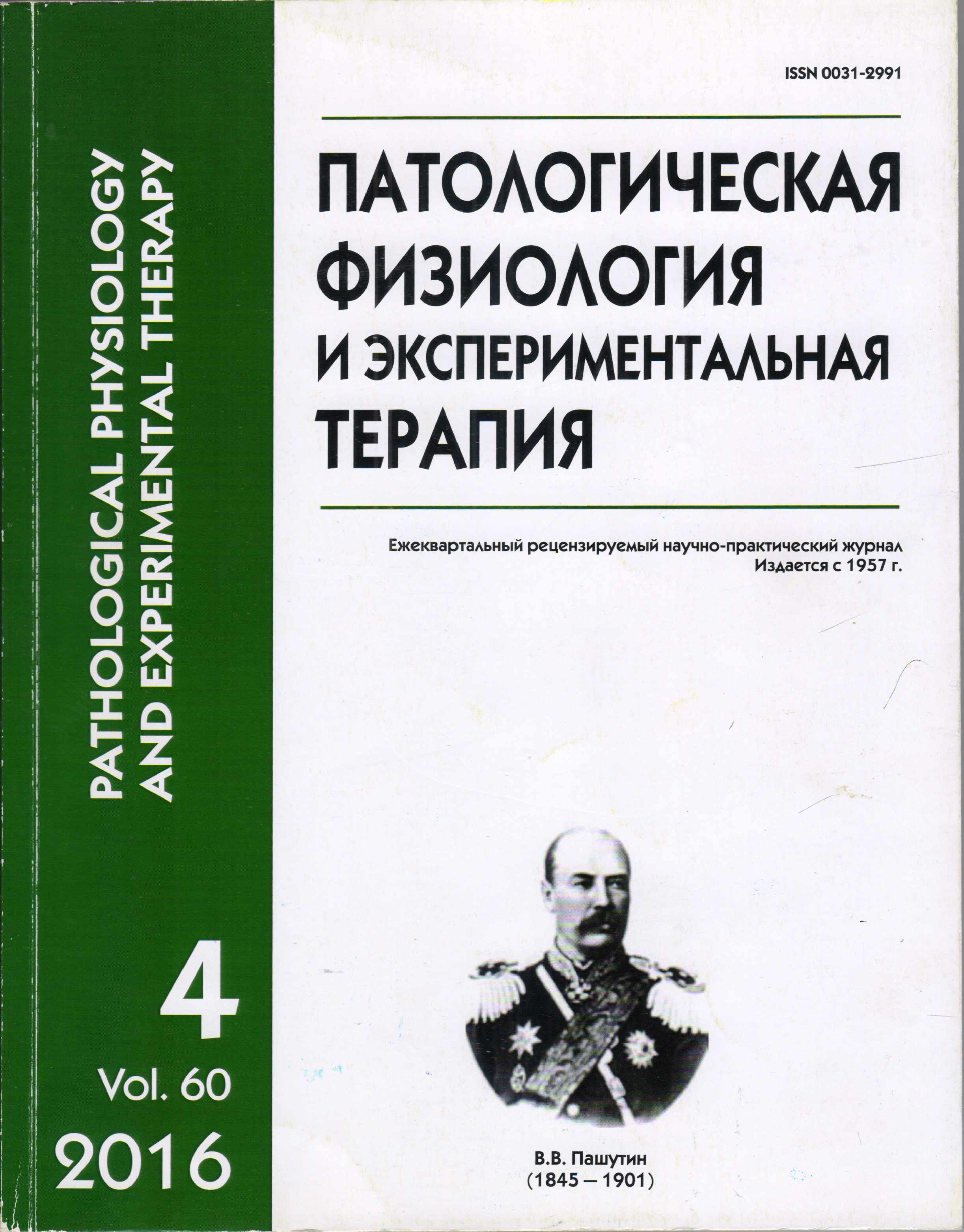The technology of obtaining multipotent spheroids from limbal mesenchymal stromal cells for reparation of injured eye tissues
Abstract
It is known that stem and progenitor cells open new possibilities for restoring injured eye tissues. Limbal eye zone, formed mainly by derivatives of neural crest, is the main source of stem cells for regeneration. The current study considers development of innovative technology for obtaining 3D spheroids from L-MMSC. It was shown that under 3D conditions L-MMSC due to compactization and mesenchymal-epithelial transition self-organize into cellular reparative modules. Formed L-MMSC spheroids retain and promote undifferentiated population of stem and progenitor limbal cells, as supported by expression of pluripotency markers – Oct4, Sox2, Nanog. Extracellular matrix synthetized by cells in spheroids allows retaining the functional potential of L-MMSC that are involved in regeneration of both anterior and, probably, posterior eye segment.






